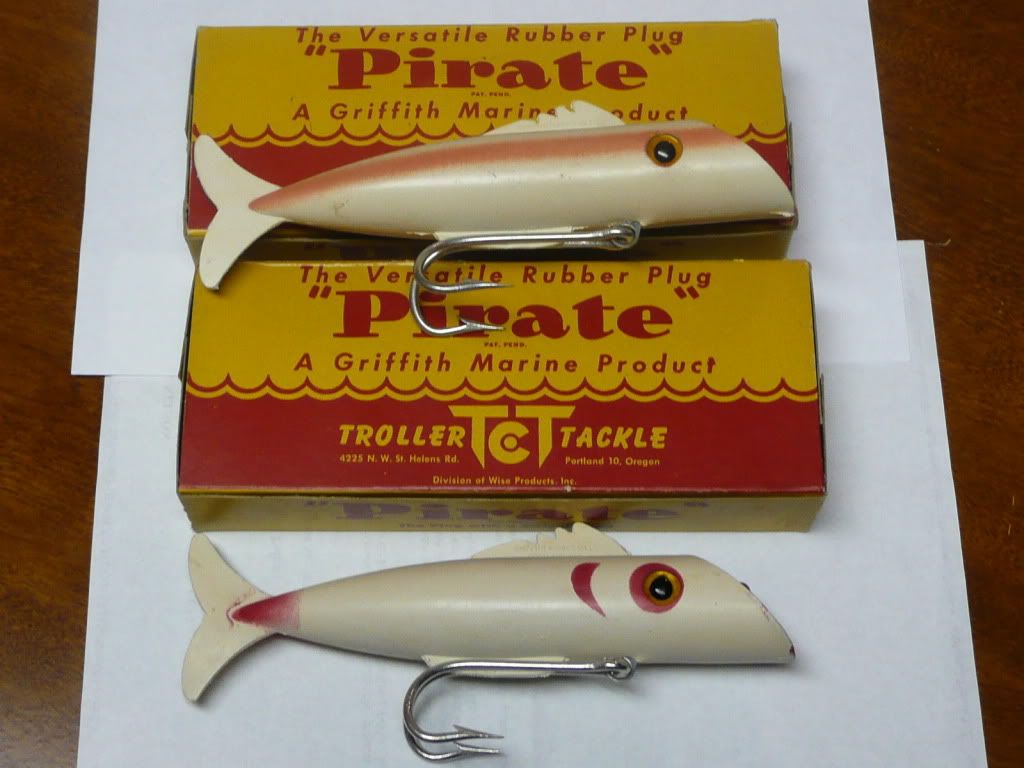
Being an anadromous migrating fish, they lay eggs and born in freshwater streams, then migrate to the open ocean to get sexually mature and then return to the very same spot of the freshwater stream where they were born to reproduce. But how this strong memory works remains unrevealed and still being debated among scientist.
Freshwater streams and estuaries are essential habitats for the majority of salmon species. This is the place where they can feed themselves with plenty of aquatic and terrestrial insects, crustaceans and amphipods while they are still young. When they get older, salmon can feed on other fish. As a matter of fact, estuaries as well as wetlands are a suitable transition places with lot of food and hiding places for the young salmon before they start out to the open ocean.
The basic behavior of the salmon when it comes to catching them is that they are very much attracted to movements which imitate live bait. Thus the most common and proper technique or method to catch salmon in saltwater, Oceans and Great Lakes in particular, is the trolling method while using anchovies, herrings or other live bait fish as well as the imitating live bait or fishing lure as the recommended salmon fishing lures
Trolling with the above kind of baits and lures are not the only method to catch salmon. As a matter of fact there are a lot of baits and lures that can be used depending on where, when and what type of salmon fish you are going to catch. In bays and estuaries for instance, although anchovies and herrings are still effective, but at the meeting point of fresh and saltwater it will be best to use spinner baits and large plugs.
In tidewater spots the bobber and salmon egg presentation will be most appropriate, while for further upriver fishing you can use large metal spinners and wobblers or shrimp rigs. Due to the wide range of possible varieties of lures and live bait, salmon fishing seems to be a bit tricky for beginners. The ability to choosing the right lures and live bait will be improved by experience.
To summarize on how to use salmon fishing lures the right way, here are some pointers that may be valuable for you:
#1 - The most common used salmon fishing lures are the spinners, spoons and plugs. While the choices of live bait are endless, to mention a few successful bait are salmon eggs, herring and anchovies.
#2 - Consider the time, water temperature and feeding behavior of the salmon in a particular area when deciding on what ideal lure to use. You can gather information at a local bait shop.
#3 - Use spinners when fishing in bays or estuaries where fresh and saltwater mix together. You can choose from a variety of sizes and colors that will match the feeding behavior of the specific salmon
#4 - Use spoons when fishing in oceans and great lakes where salmon moves very forceful. This is the place of big-sized salmons which prefer bright colored spoons that imitates the movement of live-fish bait.
#5 - Use plugs when fishing salmon in great rivers. Move the lure against the current to create some movement that will attract the salmon to bite.
Happy salmon fishing!
Uno Birawan is a writer and has been compiling a lot of information about trout fishing. You can obtain more information on Trout Fishing Lures or by visiting his site at www.TroutFishing-Guide.com
Article Source: http://EzineArticles.com/?expert=Uno_Birawan
See my previous post: Salmon Fishing Tip - How to make Your Own Salmon Bait